Now that summer has faded into memory and the damp mists of October cover the landscape, my thoughts turn to the woods and their mysterious subterranean inhabitants. At this time of year, I can’t resist visiting my favourite woods, hoping to photograph fungi. Besides, it’s also a good reason to bring out the Laowa 15mm wide-angle macro, one of my favourite lenses used primarily for capturing fungi within their environment.
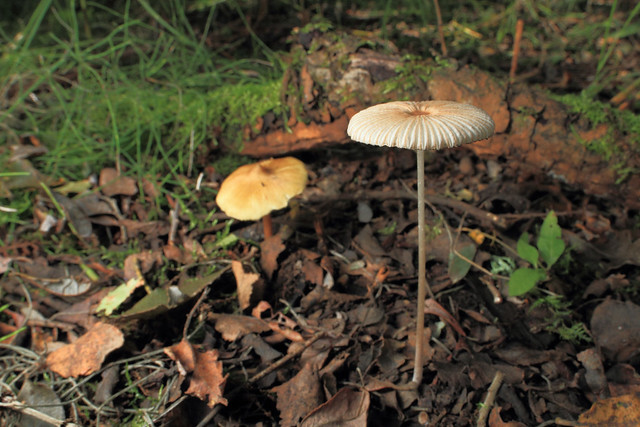
Collard Parachute – Marasmius cohaerens
Kenfig Nature Reserve, Bridgend, South Wales
15mm Laowa macro
Fungi have a preference for shady areas, which are damp and often retain water. Many grow on dead and decaying twigs and branches. One of the most exciting aspects of fungi photography is the unpredictability of fruiting bodies. It’s difficult to predict when they will sprout up but they seem to appear soon after the first shower following a dry spell. Fortunately the peak season is during the autumn months when the woods and ground vegetation is wet with rotten matter bursting with a suffusion of golden oranges, yellows and browns.
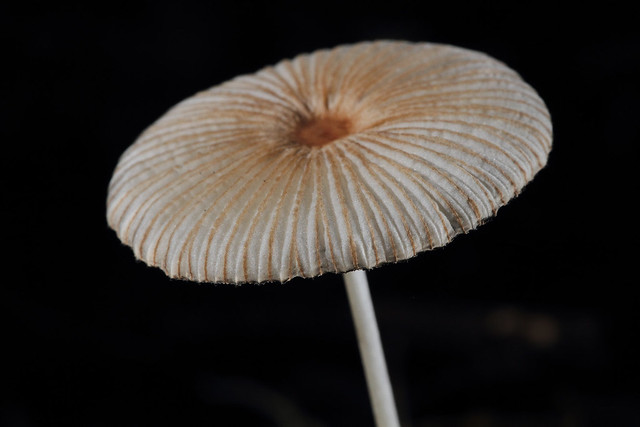
Collard Parachute – Marasmius cohaerens
Fungi come in a wonderful variety of unusual and distinctive shapes and sizes.
As its name suggests, this fungi resembles an open parachute or umbrella.
Many fungi have a close association with the habitats they occupy and in most cases with a particular host plant or tree. The fruiting bodies of many species have a relatively short lifespan and start to decay fairly quickly. It is, therefore, important to photograph them when they are at their best.
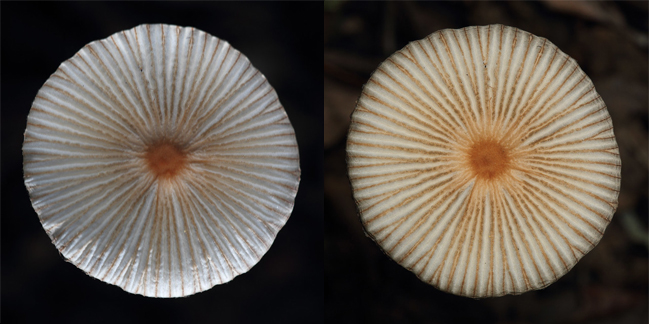
Collard Parachute – Marasmius cohaerens.
left side: using natural light / right side: using flash
Finding pristine examples free from slug damage, even among common species, is always a challenge. It’s frustrating when you find an interesting or colourful specimen only to discover on closer examination that the slugs have beaten you to it. Many larger gill fungi are easily located close to the root structures radiating out from the trunk. Removing a few bits of obtrusive foliage will not do any harm, but don’t overdo it as it will look unnatural.
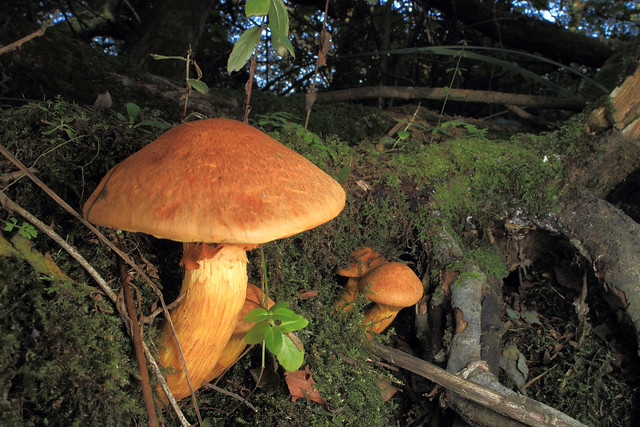
Larch Boleta – Suillus grevillei
Kenfig Nature Reserve, Bridgend, South Wales
15mm Laowa macro – using ambient light and fill-in flash
I shoot the vast majority of fungi using natural light. I prefer this method whenever the conditions and the position of the subject allow me to do so. There are a few things to be aware of especially when in shady woodland interiors. If the White Balance is set to auto, you can sometimes experience a shift in colour as the overhead foliage in the canopy can influence the camera’s sensor. As a rule, I set my White Balance to one of my custom setting (usually landscape).
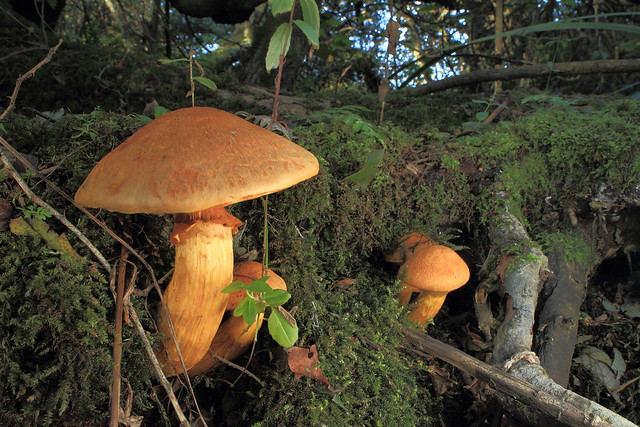
Using ambient light and reflectors gives a less dramatic but more balanced and natural look than using flash (compared to previous image)
Sunlight is another factor to consider as it can produce harsh shadows on the subject and/or a dappled appearance. These conditions are best dealt with by using a fill-in flash or a large diffuser, which produces a more balanced background. Exposure times, especially in shaded areas, frequently run well into seconds, so working with a remote release is essential.
Long exposures necessitate the use of a tripod. One that is capable of working at ground level since many of the fungi will be only a few inches above it. I find the Berlebach mini tripod ideal for this as it is small, lightweight and can fold down to ground level. Being made of wood it’s also better than an aluminium tripod at absorbing the vibrations prevalent in long exposures. Besides, the feel of wood is warm to the touch and being an organic material makes it more in tune with the woodland environment.
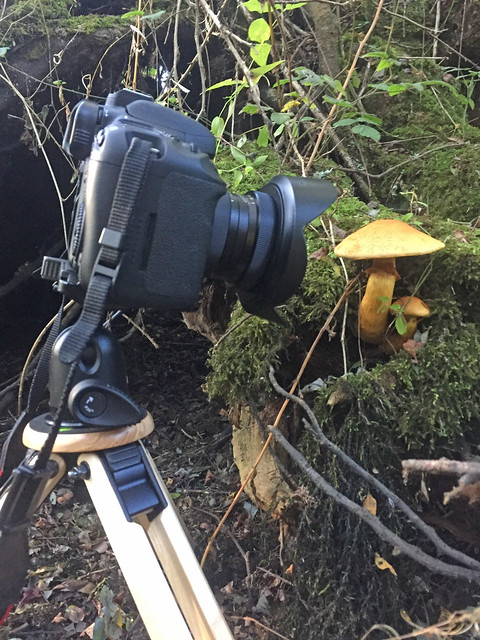
The lens was practically touching (2″ approx) the fungi.
Makes one appreciate the incredibly wide 15mm field of view,
along with the incredible depth of field possible at f22.
15mm Laowa macro on Berlebach mini tripod.
This brings me to the use of ultra wide-angle lenses, such as my Laowa 15mm, which are not usually associated with macro photography in the traditional sense. Nevertheless, I will use the Laowa 15mm when the opportunities present themselves for in-situ environmental photographs. Environmental macro is a lesser well-known genre of traditional close-up photography where the aim is to usually isolate the subject from the background. The concept with environmental captures is to show the subject in close-up but set within the context of its habitat. This technique is particularly appropriate for plants and fungi rather than active creatures since the lens-to-subject distance is exceptionally close making it more difficult to achieve successful results.
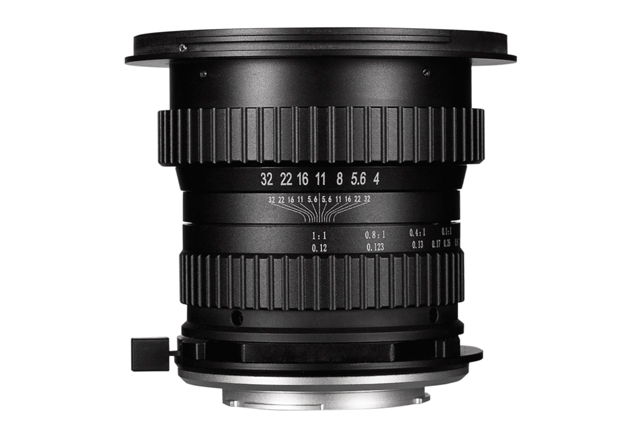
Laowa 15mm f4 wide-angle
A high quality, fully manual and all metal construction lens that is ideal for wide-angle environmental captures.
One has to be carful when using wide-angle lenses, such as the Laowa 15mm macro, to avoid chromatic aberration appearing as blue fringes around the background foliage. Having a lens hood and graduated filter helps but I usually under-expose and lift the shadows at post-production. Other than that, one can always wait for the light to fade a little so that the contrast between background foliage and sky is not too strong. This will obviously increase exposure and care needs to be taken not to let the light fall too much, resulting in dull, muggy shots. It’s a challenging balancing act which can be aided by the use of some fill-in flash, used discreetly to just lift the fungi from the background.
There is no automatic coupling to the meter on the Laowa 15mm, therefore aperture selection, metering and focusing have to be carried out manually, which calls for Stop-down metering.
The technique I use is as follows:
I select a wide-open aperture such as f4 and focus. Once in focus I then close-down the aperture to my preferred choice. This is usually a small enough aperture (f16 or f22) to give sufficient depth-of-field. The image in the viewfinder darkens considerably, which is the reason why I initially focus using a larger and brighter aperture. Finally, I take the shot.
This rather cumbersome process necessitates the use of a tripod and is only practical to use on static subjects. With practice it’s not so bad and one adapts to it. The good news is that focusing on the Laowa 15mm is exceptionally smooth and precise. Not so good is, not having notches on the aperture stops (as in traditional film lenses) means I cannot feel my way through the apertures, nor is the information available in the viewfinder. So I need to take my eye away from the viewfinder (not ideal) and look at the lens barrel in order to establish what aperture is being set.
The Laowa 15mm is certainly a challenging lens to use, even more than the Canon MPE 65mm! It’s nevertheless, a lens that is worth persevering with as I don’t know of any other lens that can focus so closely while at the same time giving such a wide perspective. It also gives wonderfully sharp images, ideal for capturing fungi within their woodland environment.

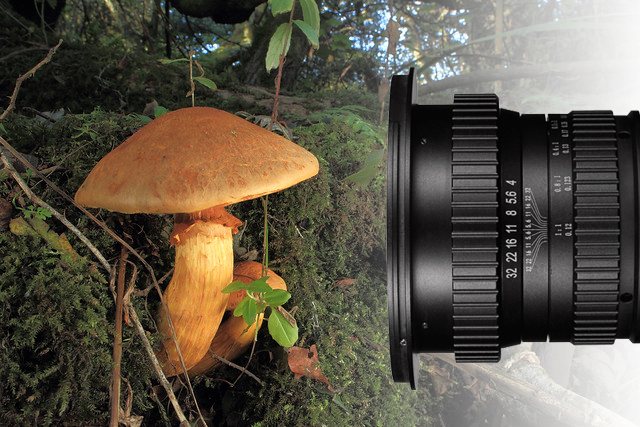
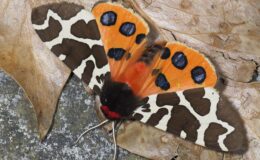
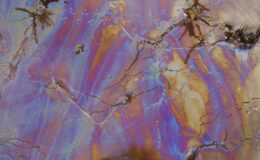
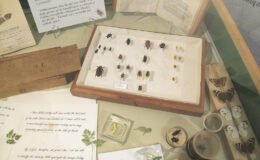
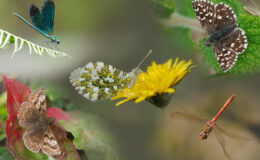
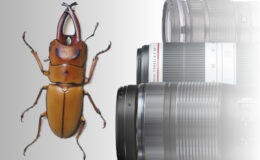
Leave a Comment